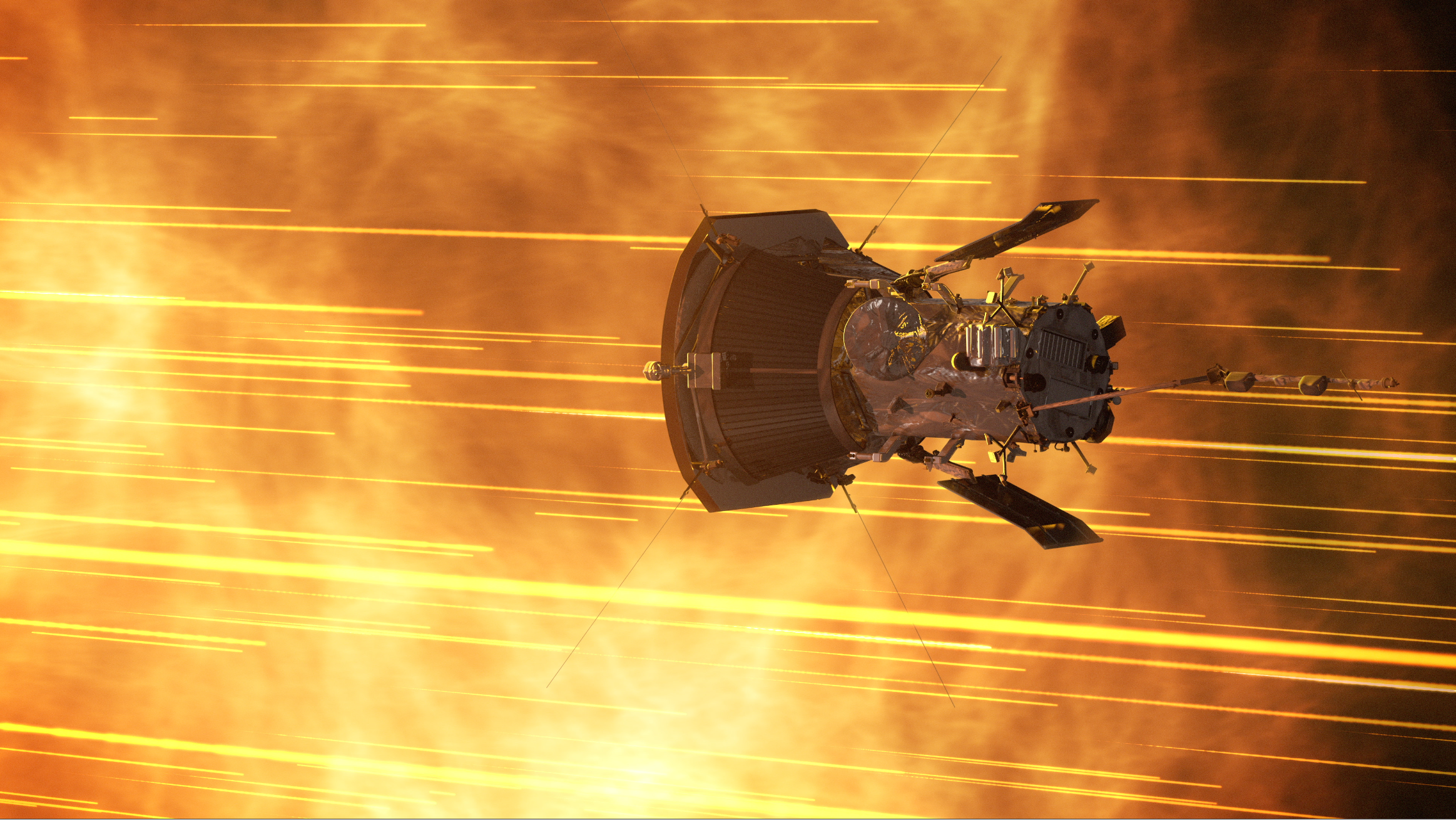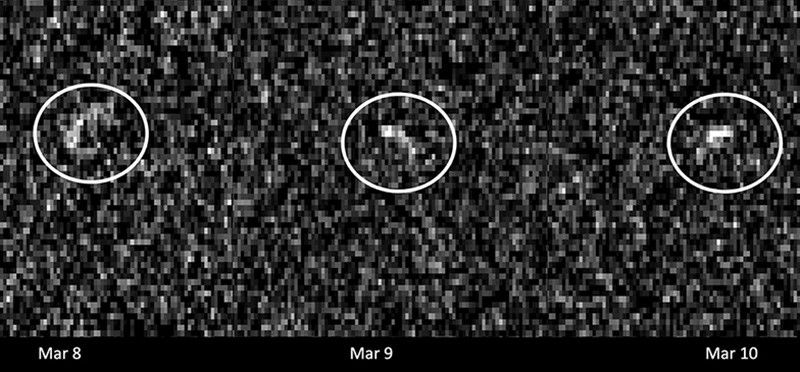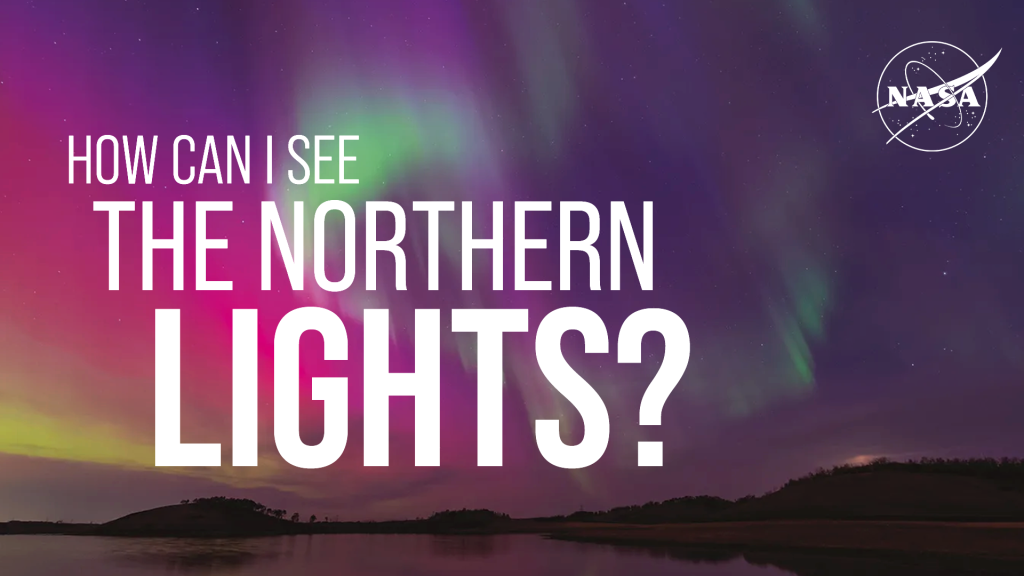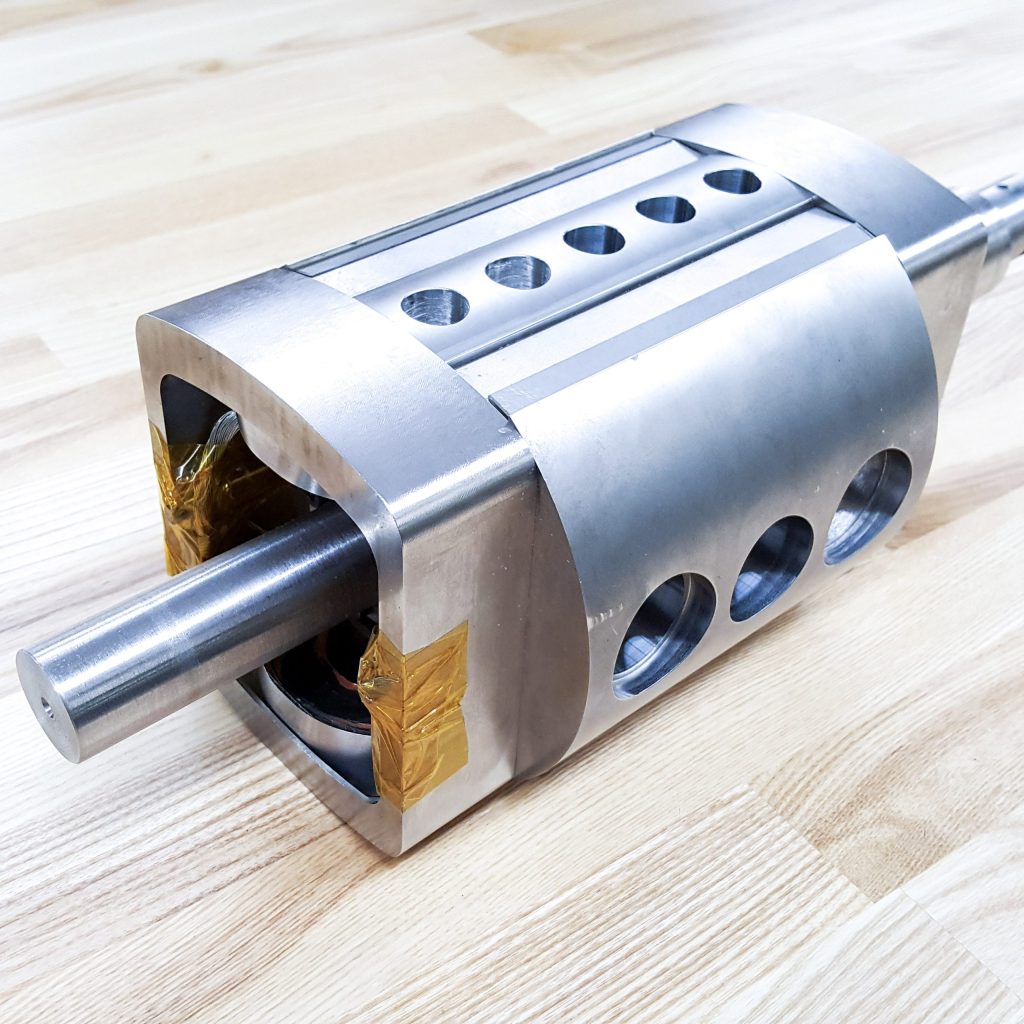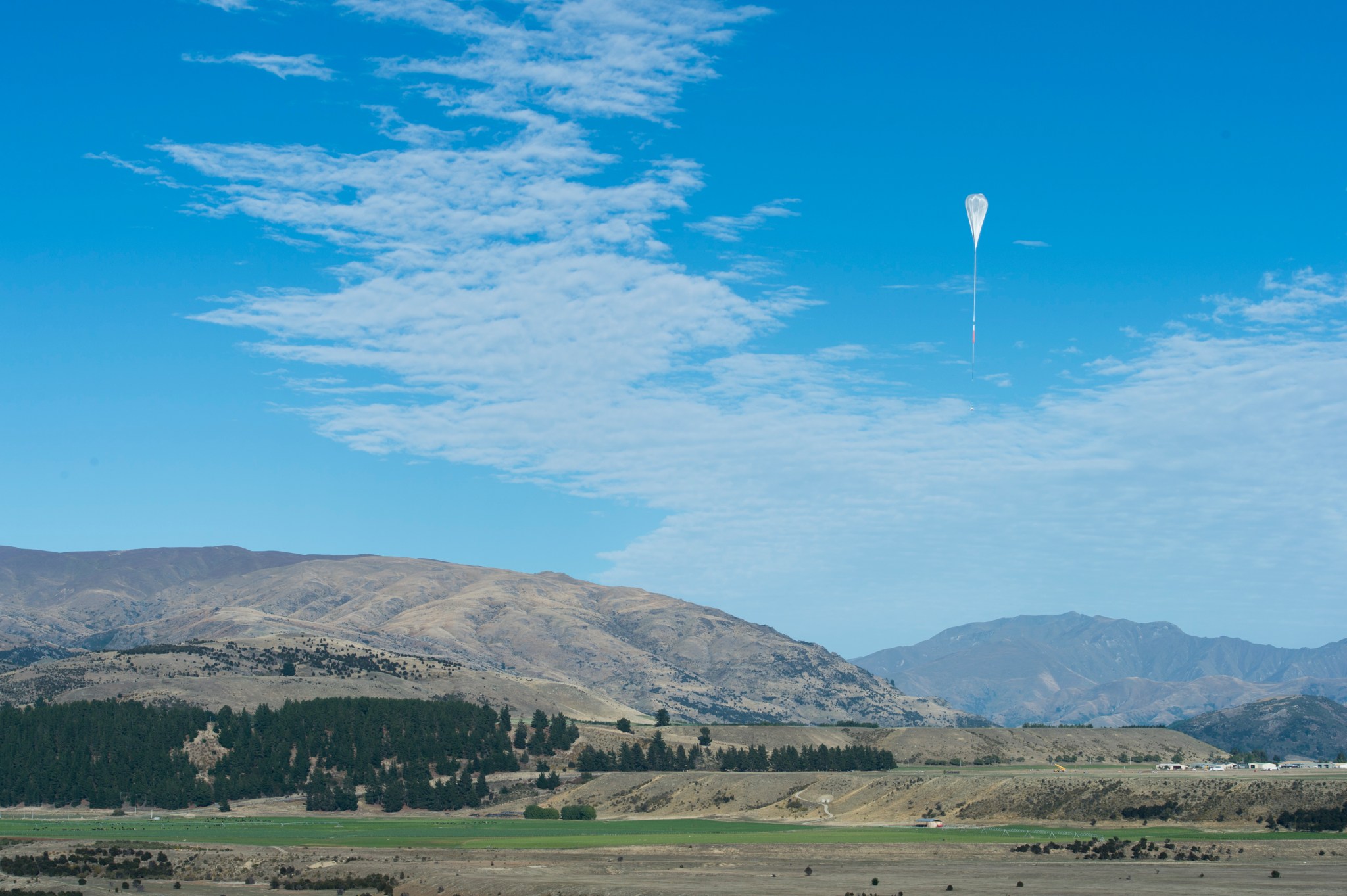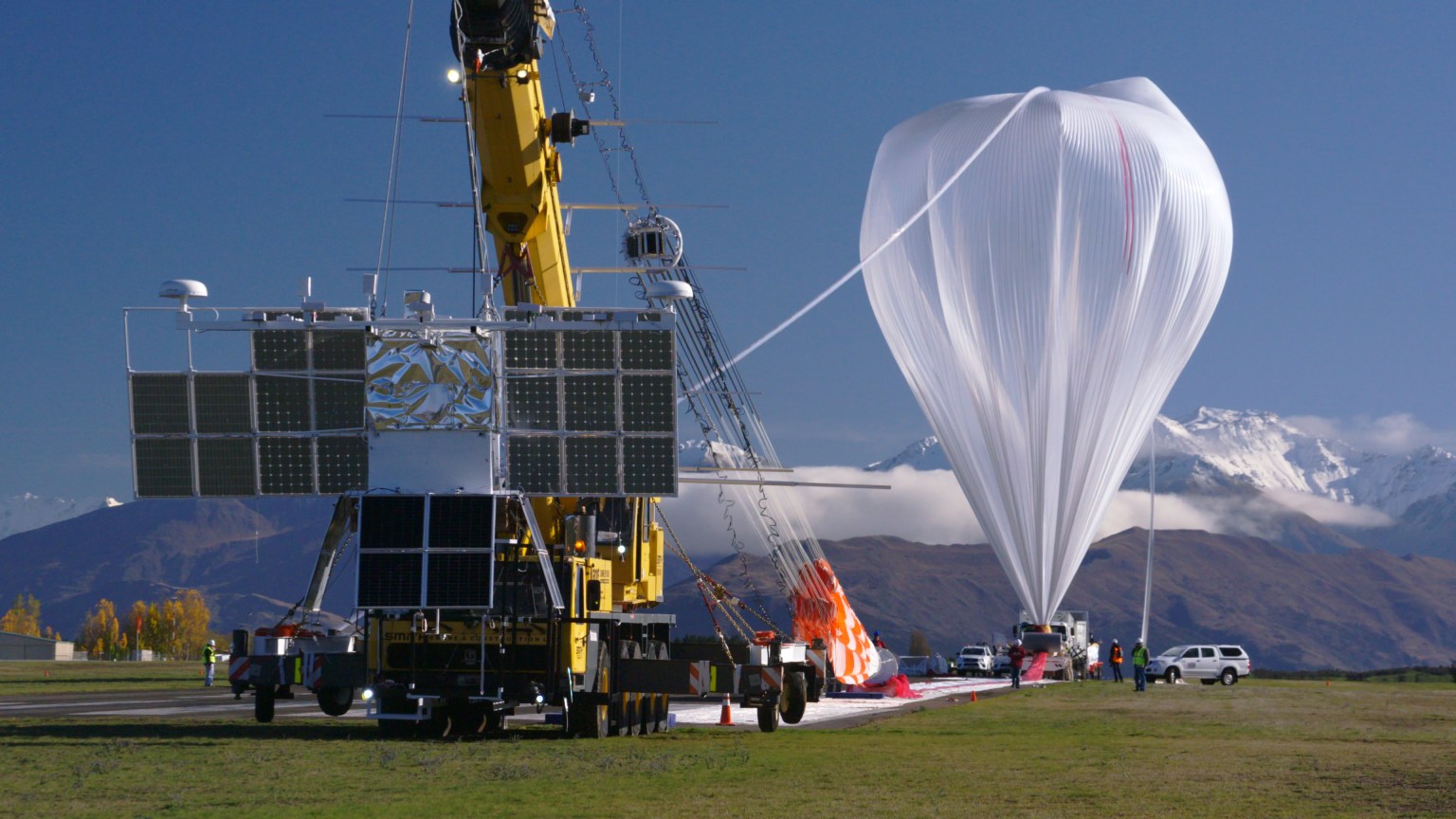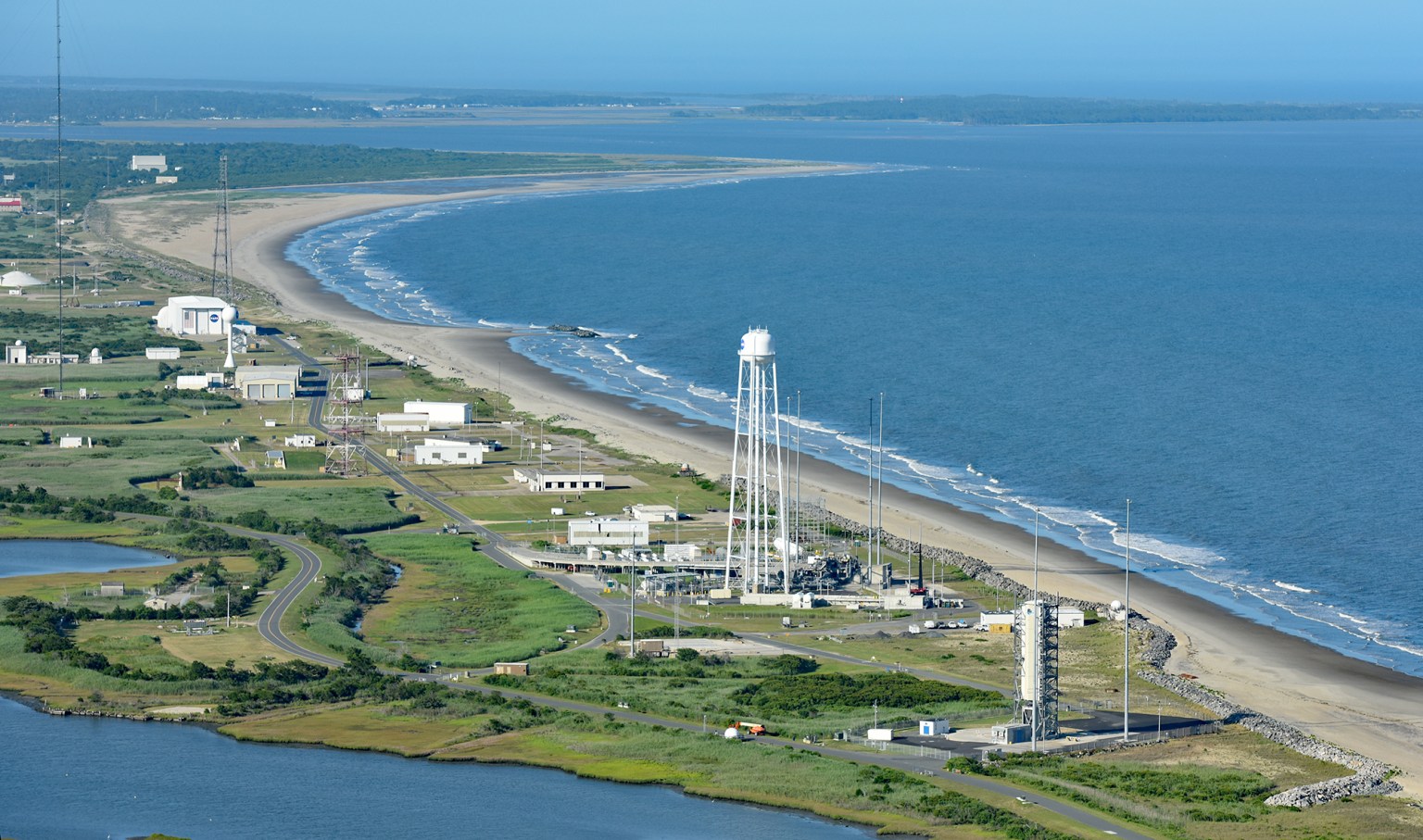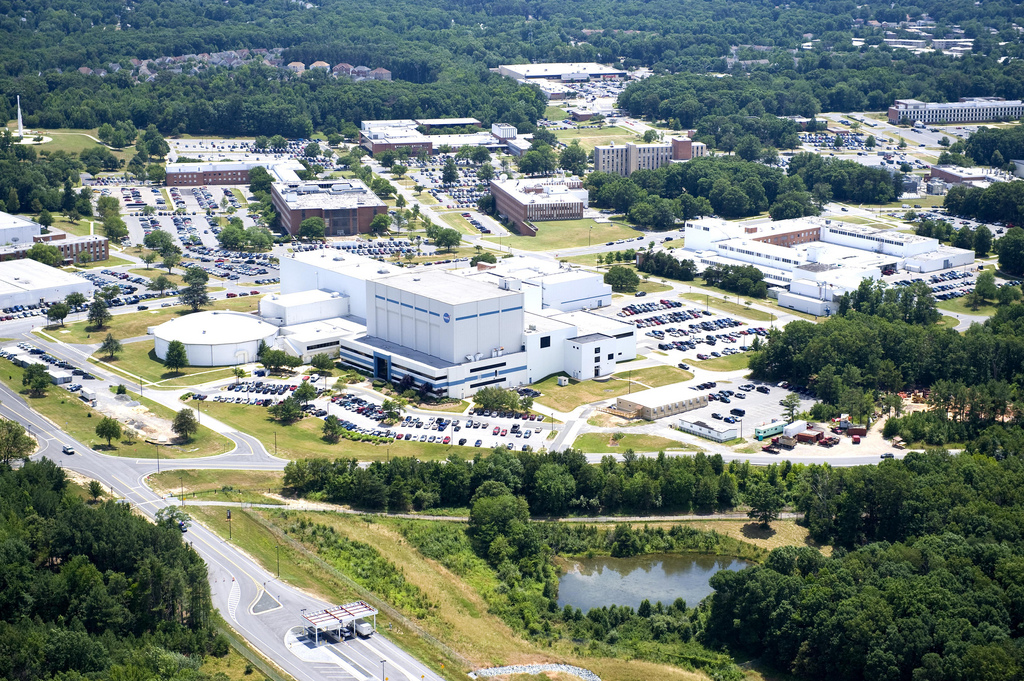Launch Locations
There are a number of factors that determine the selection of balloon launch locations. Among those are mission duration, need for flights over low-population areas for safety reasons, the science to be collected during the mission, cost, wind speed and direction, and many more.
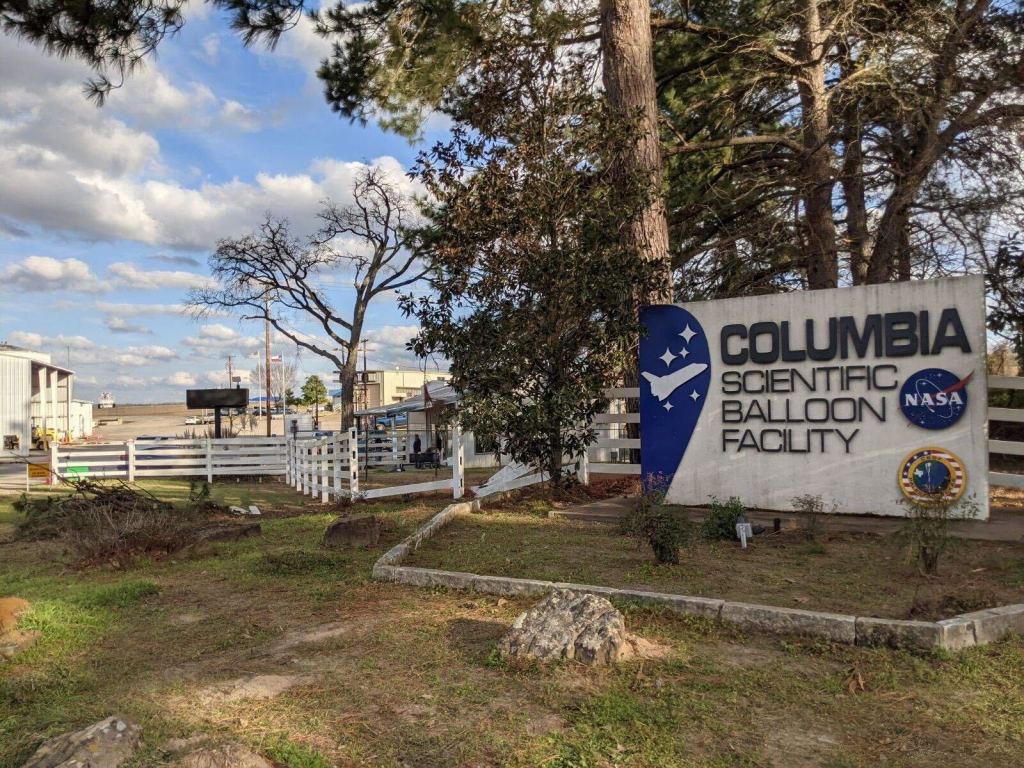
Columbia Scientific Balloon Facility, Texas
Columbia Scientific Balloon Facility, Palestine, is located just west of the Palestine Municipal Airport. The site encompasses about 192 hectares (474 acres) consisting of open and forested lands, two balloon launch pads, and several permanent buildings; the land and facilities are owned by NASA.

Fort Sumner, New Mexico
Fort Sumner is located at the Fort Sumner Municipal Airport in New Mexico. Fort Sumner consists of a large World War II hangar (used for equipment and launch vehicle storage, as well as science payload storage and integration), a NASA payload processing facility that includes offices and an operations control center, and a launch pad.
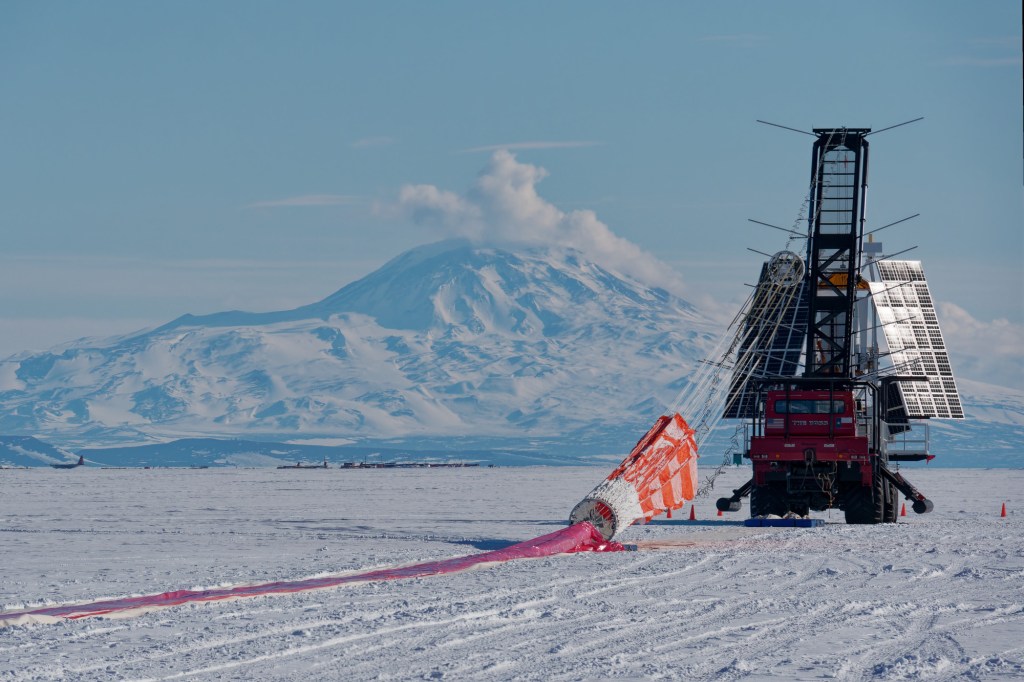
McMurdo Station, Antarctic
Launches are conducted from Long Duration Balloon launch pad, located about eight miles from McMurdo Station on the Ross Ice Shelf. ince 1996, the launch site has been operated exclusively as a field camp to support scientific balloon operations.
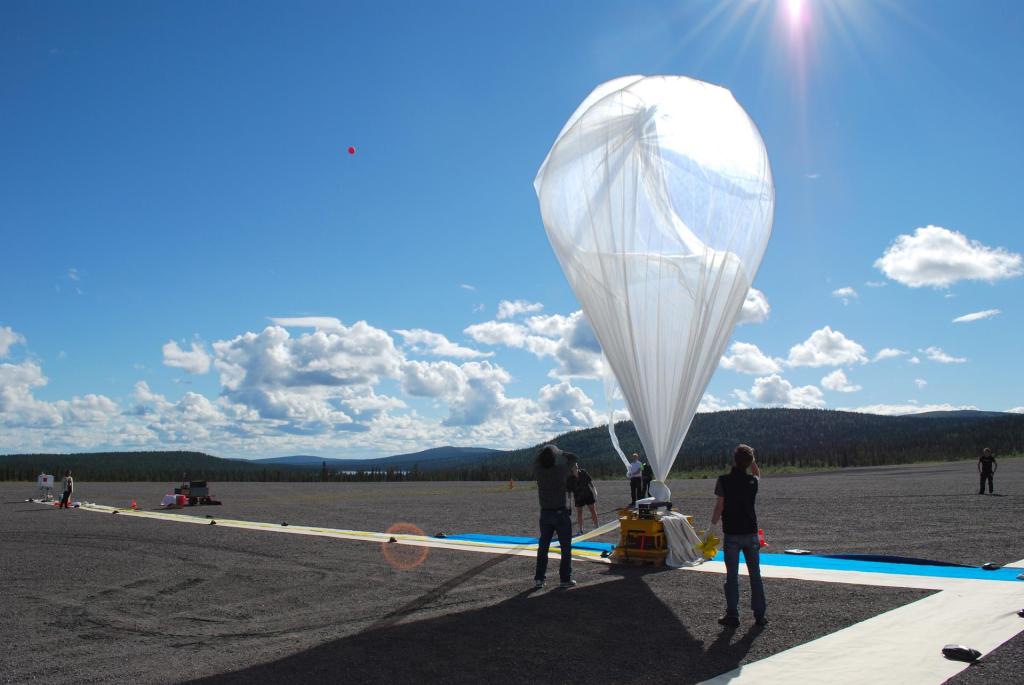
Esrange, Sweden
Kiruna, Sweden (Esrange) is located about 67.86 degrees north latitude and 21.08 degrees east longitude. Launch operations are normally conducted between May 15 and July 10 of each year.
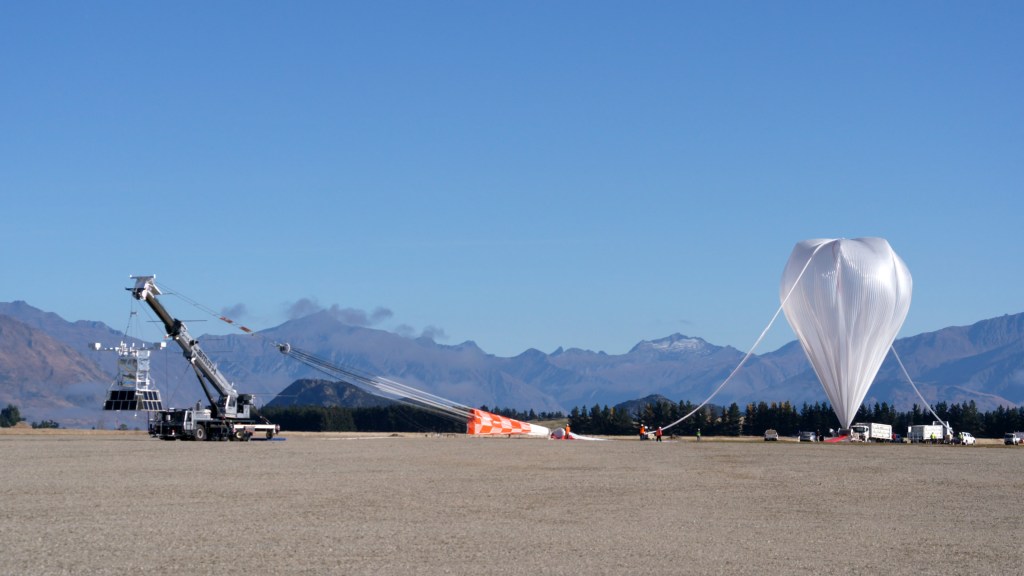
Alice Springs, Australia
Alice Springs, Australia is located about 23.82 degrees south latitude and 133.88 degrees west longitude. Launch operations are normally conducted between Nov. 1 (flight ready by Dec. 1) and Jan. 20 of each year.
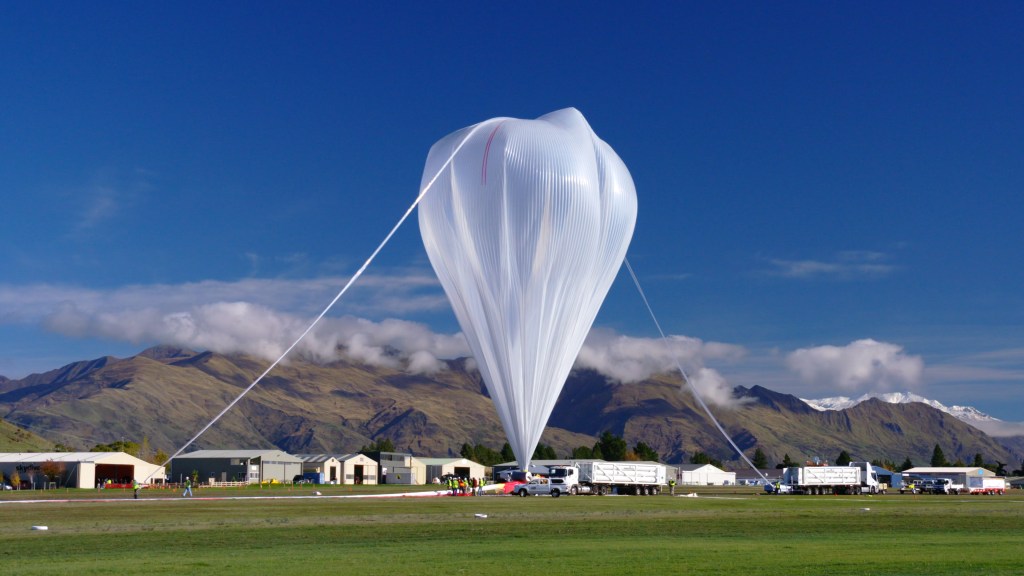
Wanaka, New Zealand
Wanaka, New Zealand is located about -44.72 degrees south latitude and 169.24 degrees west longitude. Launch operations are currently conducted between February 15 (flight ready by April 1) and April 30 of each year.


